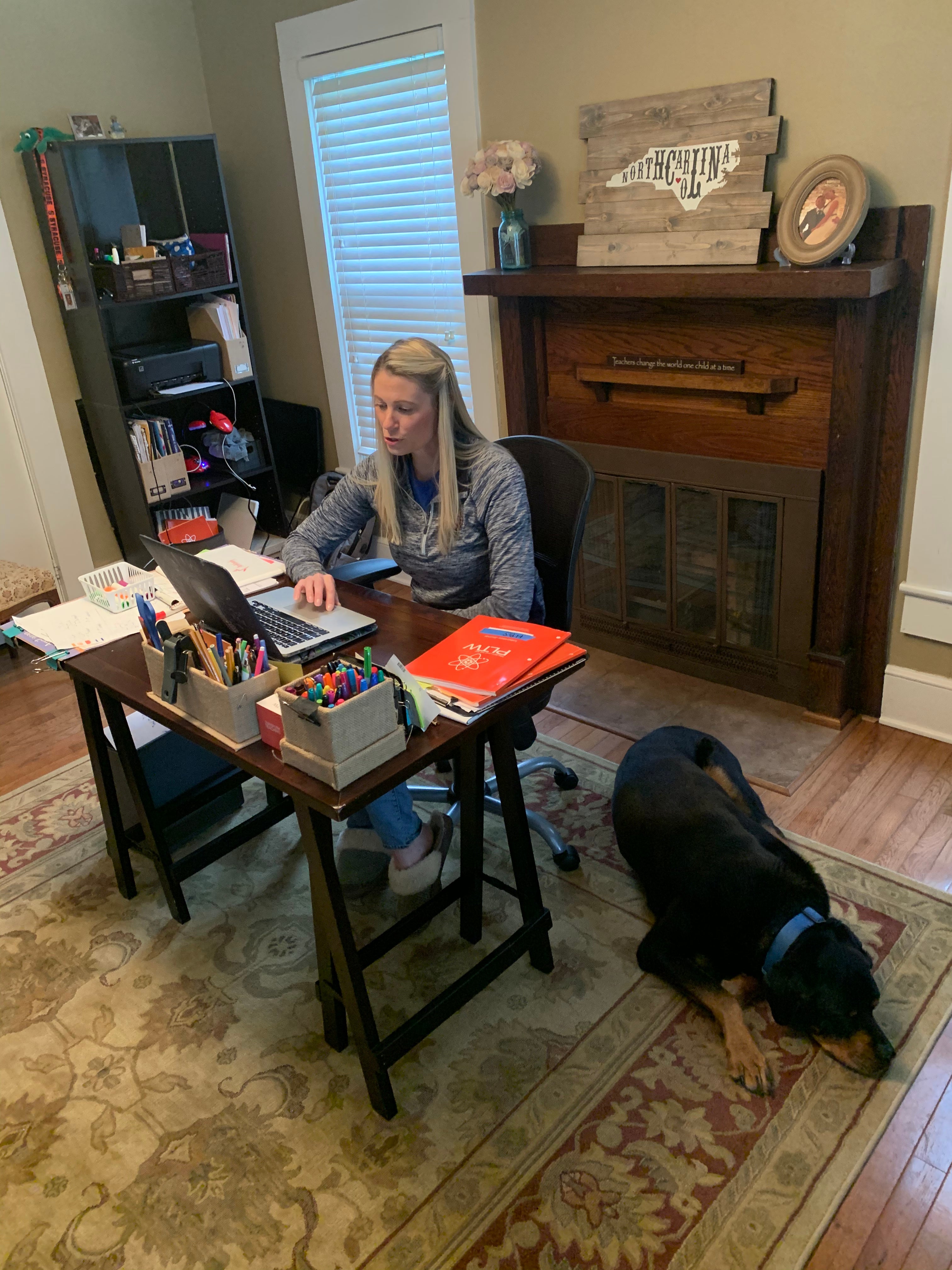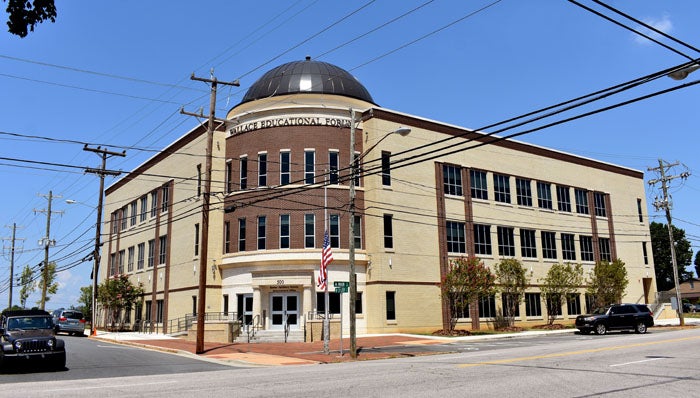After months of elearning, educators ask what challenges new school year will bring
Published 12:00 am Sunday, May 10, 2020
SALISBURY – Educators expect that the more than two months students have spent out of the classroom may cause setbacks at the start of the next school year.
One education company used by Rowan-Salisbury Schools has created a report based on the data it collects to project how much ground will be lost. The district is looking for learning experiences while teaching outside the classroom.
The school system has managed to have contact with an overwhelming majority of students in part because it has the benefit of using its one-to-one technology program to transition to remote learning in the first week of closure. But districts that have managed to reach students and keep providing learning material now face the question of effectiveness and what kind of challenges months out of the classroom will cause for students, something the state and the country are still in the nascent stages of grappling with.
The state formed a Schools Reopening Task Force in late April. Superintendent Lynn Moody is part of that task force, along with five other superintendents, state representatives, senators, Lt. Gov. Dan Forest and a number of other officials. RSS has formed its own reentry team as well, but the groups are still at the start of their work.
But a few metrics by which educators can operate come from Achieve3000, a company that creates tools used by a number of school districts, including Rowan-Salisbury Schools. The company measures growth in reading ability in students and released a research brief this week claiming significant losses to student progress based on the data it collects — 28% by June 1 and up to 49% by the beginning of the upcoming school year.
The brief also points to students who struggle as readers being positioned to fall further behind students who are advancing at a good pace, though the gap in reading growth is not growing as much as the company’s projections for worst-case scenarios.
Some districts, which transitioned “almost seamlessly” to online learning show similar usage levels of Achieve3000.
“We know that it’s going to have an impact,” said RSS Assistant Superintendent of Curriculum and Instruction Julie Morrow, adding that creating a transition plan is critical to support students’ individual needs.
‘Hard way to end my journey’
Morrow said the district would prefer to teach students in the classroom. Of its roughly 18,000 students, RSS has faced trouble reaching about 1,100 for most of the time the schools were closed, though it hand-delivered backpacks full of learning material door-to-door to students it could not connect with.
Some students may do fine with elearning because they have enough parental support to keep up, but Morrow said even students that teachers have communicated with may have trouble because they do not have the same level of support to help them cope with learning outside of a classroom.
Morrow is retiring at the beginning of June, and she never imagined her career would end this way.
“I would have never dreamed, in a long time, that this could happen in our country, but I guess I was naive to think that,” Morrow said. “It’s a hard way to end my journey with Rowan-Salisbury Schools and public education.”
Moody said the district expects to have a range of educational outcomes — students who excelled with remote learning, those who kept up but fell behind because they did not cope well with learning outside of a classroom and students who the district failed to reach entirely. The district has to accommodate all of them.
And in another COVID-19-related concern, Moody said she worries about students and faculty who may choose not to come back to school because they are afraid of how the virus will be contained when school resumes. Moody said she’s also thinking about how the school buildings will reopen and if it there will be a need to stagger student reentry, spend part of the week in classes or have to move back to remote learning if the pandemic makes a resurgence.
Despite the resignation there will be a net-negative impact on education as a result of the closures, the district is finding some positives as it is forced to improve how it uses the devices issued to students.
Moody said she believes educators will be talking about the closures forever and education will never be the same.
“Quite honestly I hope it won’t, I hope we learn a lot,” Moody said, adding it already makes educators question what is important.
Notably, standardized testing was first thing that was done away with as schools closed on a national level. Moody hasn’t been shy about criticizing standardized testing, and in an interview she pointed to how the district has been partnering with parents as another positive of the situation — to the point where the district has begun to refer to parents as co-teachers.
‘How is this going to work?’
Nicole Sherrell teaches Project Lead the Way courses and biomedical science at Carson High School. Project Lead The Way is targeted at people who want to enter the medical profession and focuses on hands-on experiences.
What she’s doing now is a far cry from how she normally teaches. The classes normally complete two labs a week in person, and have lately involved some online lab simulations during the shutdown. Sherrell said she had an an eye surgeon speak to her students over the video conferencing software Zoom.
“My initial reaction was ‘how am I going to do labs, how is this going to work?’ because it is so hands on and labs based, project based,” Sherrell said. “I don’t give notes. I don’t lecture. My class is totally different from a traditional class.”
Sherrell said the situation is not ideal, but she has managed to cover the content outside of the classroom by having the students perform different tasks than they would normally.
Angela Ramey, a seventh-grade math teacher at China Grove Middle School, is integrating more social and emotional learning into her classes at a time when students are more separated from their schools and other people than ever.
“Being in the physical classroom, I love to greet my students,” Ramey said. “During a lesson if I notice something is not right, you can just see it, a shift in their mood or their behavior.”
Ramey said in a classroom she can pull a student aside and have a conversation. That can be powerful for the student, and she has been grappling with how to do the same, teaching the whole child, during elearning.
At one point Ramey saw a distracted student begin to doodle in Zoom, and she realized something she did not normally see in a classroom: they needed a break. So she stopped what she was doing and took a few minutes to just play tic-tac-toe and hangman with the kids to give them a chance to reset.
“Who knows what they’re facing, or what they’re going through in their world right now?” Ramey said.





